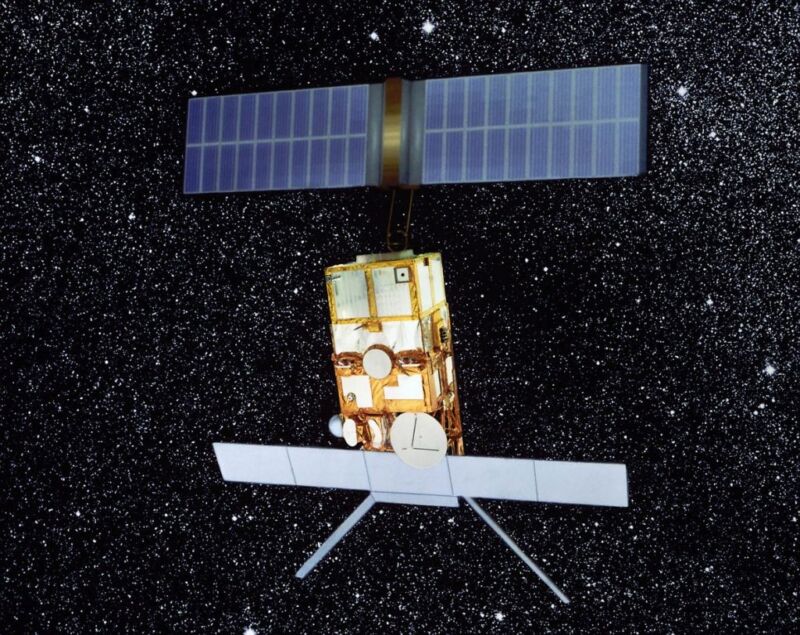A big European satellite will make an uncontrolled return to Earth Wednesday

Enlarge / An illustration of the ERS-2 satellite in space. (credit: European Space Agency)
Nearly three decades ago, the European Space Agency launched its largest and most sophisticated Earth observation satellite to date, the European Remote Sensing 2 satellite, on an Ariane 4 rocket. The spacecraft functioned well for more than 15 years before the space agency decided it was reaching the end of its operational lifetime.
Over the course of a number of maneuvers, operators lowered the satellite's altitude from 785 km (488 miles) to 573 km (356 miles) during the year 2011, allowing it to eventually be dragged into Earth's atmosphere for disposal. As part of this process, the satellite's propellant tanks were drained. This was to minimize the risk of a catastrophic explosion that could have generated a large amount of space debris, the agency said.
Now, more than a dozen years later, the European Remote Sensing 2 satellite is due to re-enter Earth's atmosphere this week. The problem is that the satellite will make an uncontrolled reentry, so European operators don't know where it will land. The trade-off for draining propellant more than a decade ago is that there is no fuel to ensure the satellite falls into a remote patch of ocean.